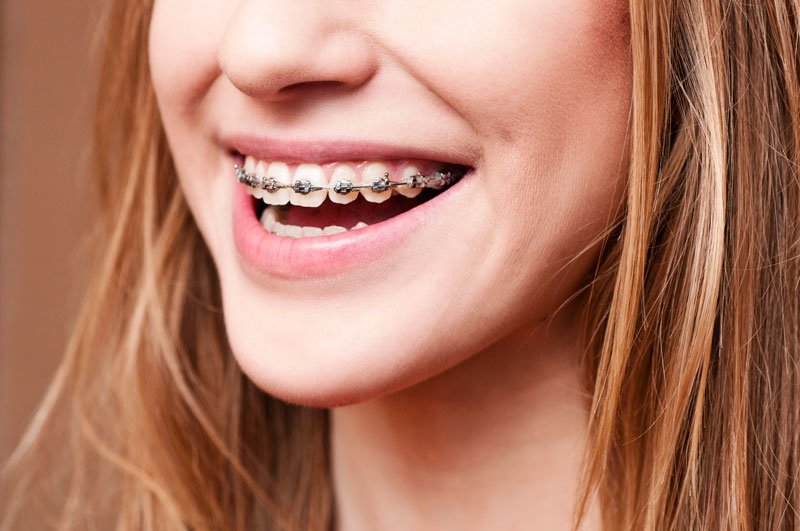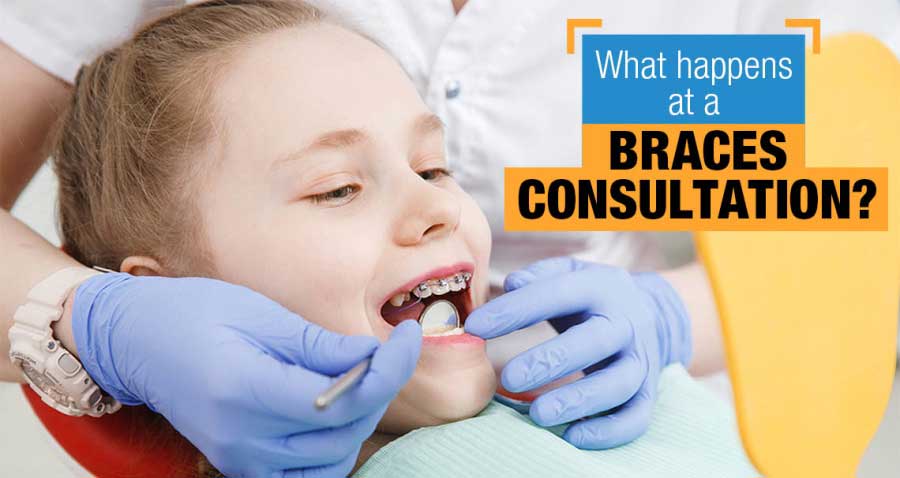Picking the Best Cumming Orthodontics for Effective Braces and Aligners Solutions
Picking the Best Cumming Orthodontics for Effective Braces and Aligners Solutions
Blog Article
Comprehensive Guide to Orthodontics Treatments for Dealing With Dental Imbalances
In the realm of orthodontics, the trip to attaining a flawlessly lined up smile involves a myriad of procedures customized to correct oral imbalances. From standard dental braces to invisible aligners and also medical options, the field of orthodontics supplies a variety of solutions to address differing degrees of dental irregularities. Understanding the details of each procedure, including their devices, advantages, and potential disadvantages, is critical in making informed decisions about one's orthodontic treatment. As we navigate via the thorough guide to orthodontic treatments for fixing oral imbalances, the complex information of each technique will certainly unravel, shedding light on the course towards a functional and unified dental alignment.
Orthodontic Procedures Overview

Normal changes and surveillance are vital components of orthodontic treatment to make sure progression is on track and to make any kind of necessary alterations along the method. By going through orthodontic treatments, people can not only attain a straighter smile however also improve their total dental health and wellness and feature.
Conventional Braces: How They Function
When taking into consideration orthodontic treatments for dental misalignments, standard dental braces stick out as a time-tested method for dealing with teeth placing. Conventional braces consist of brackets, wires, and bands that collaborate to apply continuous pressure on the teeth, gradually moving them into the preferred positioning. The brackets are connected to the teeth making use of a special adhesive, and the cables are threaded via the braces. By adjusting the tension of the wires, orthodontists can manage the direction and pressure related to each tooth, leading them into appropriate alignment in time.
One key aspect of just how typical braces work is the procedure of bone renovation. As stress is put on the teeth with the braces, the bone surrounding the teeth is improved to sustain the new tooth placements. This renovation is essential for the long-term security of the fixed positioning. People will need normal changes at the orthodontist's workplace to make certain the braces proceed to apply the appropriate pressure for reliable teeth activity.
Unnoticeable Aligners: Benefits And Drawbacks
These clear, customized trays are virtually unnoticeable when worn, making them an appealing choice for people looking for an extra aesthetically pleasing orthodontic therapy. People can eliminate the aligners before consuming or cleaning their teeth, reducing the danger of food obtaining stuck in the device and streamlining the cleaning process.

Surgical Orthodontic Options
Surgical treatments in orthodontics present feasible choices for addressing complex dental imbalances that might not be efficiently resolved through standard orthodontic therapies. While traditional dental braces and unseen aligners can remedy lots of orthodontic problems, certain situations call for medical treatment to attain optimal results. Surgical orthodontic choices are normally recommended for serious malocclusions, substantial jaw inconsistencies, and instances where the underlying bone framework needs alteration to attain proper positioning.
One common medical orthodontic procedure is orthognathic surgical treatment, which involves repositioning the jaws to correct practical issues such as problem speaking or eating. This surgical treatment is usually done in partnership with an orthodontist that aids straighten the teeth prior to and after the treatment. Surgical orthodontics might additionally include procedures to expose affected teeth, remove excess gum tissue, or improve the jawbone to develop a more unified facial profile.
Before thinking about medical orthodontic choices, people undertake a thorough examination to click for info figure out the need and potential advantages of such interventions. orthodontics. While surgery may seem emergency dentist appointment challenging, it can substantially enhance both the function and aesthetic appeals of the smile in situations where conventional orthodontic treatments fail
Retainers and Post-Treatment Care

Post-treatment care entails adhering to the orthodontist's instructions carefully. This may consist of correct oral hygiene techniques, participating in follow-up consultations, and using the retainers as recommended. Failing to abide by post-treatment treatment guidelines can lead to regression, where the teeth progressively return towards their initial positions. Consistent retainer wear, excellent oral hygiene, and regular oral check-ups are crucial for keeping the outcomes accomplished with orthodontic surgery and guaranteeing the long-lasting security of the fixed view website dental alignment.
Final Thought
In verdict, orthodontic treatments use various alternatives for correcting oral imbalances. Surgical orthodontic choices are offered for more extreme misalignments. In general, orthodontic procedures can effectively improve dental health and wellness and visual look.
As we browse through the detailed overview to orthodontic treatments for dealing with dental imbalances, the detailed information of each technique will unravel, dropping light on the path toward a harmonious and functional oral placement. - cumming braces
One of the most common orthodontic treatments is the use of braces, which consist of steel braces and cables that use gentle stress to gradually move teeth right into the preferred setting.When taking into consideration orthodontic treatments for dental imbalances, standard braces stand out as a tried and true method for remedying teeth positioning. In addition, undetectable aligners may not be ideal for complex orthodontic issues that need even more considerable teeth movement, as they are usually advised for light to modest cases. Retainers are personalized orthodontic tools developed to hold teeth in their dealt with positions after the conclusion of orthodontic treatment.
Report this page